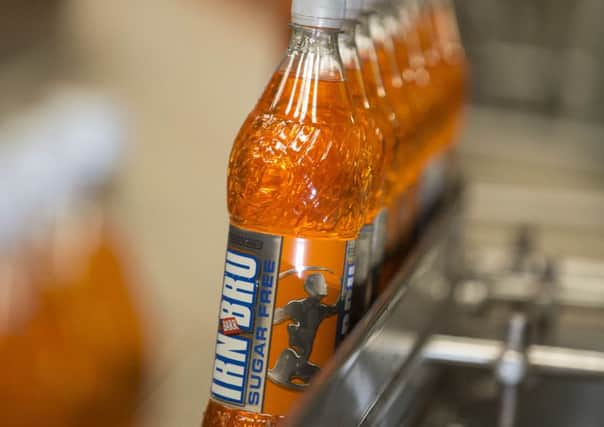Robert Buchan: Protecting brand name of the game


Making products and brands stand out in the market – and stand the test of time – involves distinguishing them from those of competitors, improving existing products, and innovating with new ones.
Intellectual property (IP) rights are especially important for businesses in the intensely competitive food and drink sector, allowing them to protect their investment, maximise returns and stamp out copycat competition. The Scotch Whisky Association, for example, has fought hard over many years to protect the Scotch whisky brand by challenging the sale of fake Scotch worldwide.
Advertisement
Hide AdAdvertisement
Hide AdThere are a variety of IP rights available to food or drink companies. Products or brand names, as well as any distinctive logos or packaging, can be protected as registered trade marks. Packaging is one of the most important ways to differentiate a product and engender brand loyalty, and designs of products and/or their packaging can be protected as registered or unregistered design rights or by copyright.
Even if a business has no registered trade mark, anyone trading in the UK can build up a valuable reputation in their product and branding, which can be protected under the law of passing off to prevent consumers buying a competing product when they think they are paying for the genuine article.
In addition, patents can be used to protect novel or improved industrial processes or methods of manufacture, which can often give a competitive edge. Although rarer, plant variety rights can also be registered for new varieties of plants or seeds.
Another increasingly used method of protection is to rely on keeping recipes or manufacturing processes protected as trade secrets or confidential information, as Irn Bru or Coca-Cola do. If you are going to rely upon trade secret protection, however, it is vital that information is disclosed only to a limited number of people, and always under written confidentiality agreements.
Companies must also identify key markets in which they want to be protected. Many Scottish food and drink products are sought after internationally, so consideration should be given to ensuring IP protection is in place in future target markets as well as existing ones. However, before applying for IP rights in a new market or launching a new product, ensure you don’t step on the toes of a third party. Consider obtaining a brand clearance check before wasting money promoting a new brand that cannot be used because it has already been registered to or is being used by a competitor.
Once you have your IP rights in place, make sure you enforce them. If you are aware of a third party copying your product or brand, identify quickly if they are a serious threat and, if so, take action.
However, success isn’t all about outmanoeuvring the competition. Co-branding and sponsorship can be vital for up-and-coming food and drink products to raise their profile or access a new market. It is vital to put in place a written agreement to protect your brand and make it clear how it can and should be used, and how the relationship can be brought to an end.
• Robert Buchan is a partner with Brodies’ IP, technology & outsourcing. www.brodies.com